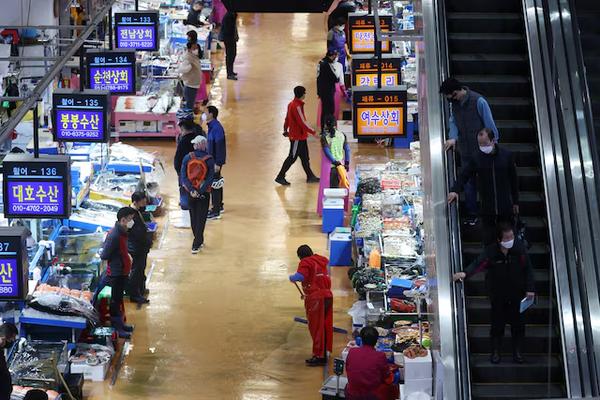A Surprising Glimpse into South Korea's Economic Paradox

South Korea's per capita gross national income (GNI) has surged 540-fold over the past seven decades, yet citizens' perceived income levels have deteriorated.
According to the 'National Accounts 2020 Benchmark Year Second Revision' by the Bank of Korea (BOK), South Korea's per capita GNI grew from $67 in 1953 to $36,194 last year, representing an annual average growth rate of 9.4 percent. In the same period, nominal gross domestic product (GDP) increased from 47.7 billion won to 2,401 trillion won, reflecting an annual average growth rate of 16.7 percent.
However, the country's per capita private gross disposable income (PGDI) increased from $482 in 1975 to $19,498 last year, with an annual average growth rate of just 8.0 percent. The ratio of PGDI to per capita GNI was 77.5 percent in 1975 but has since continuously declined, hitting an all-time low of 53.9 percent last year. This indicates that the growth in national income has not kept pace with the overall economic expansion, and the growth of disposable income has lagged even further, making it harder for citizens to feel the benefits.
Meanwhile, the BOK updates its benchmark year every five years to reflect changes in the economic structure and improve the accuracy of statistics. The 2020 benchmark revision was carried out in two stages. The second phase focused on revising data for the period from 1953 to 1999, releasing all series that had not been updated during the first phase in June, which was based on the 2015 benchmark year.









Comments